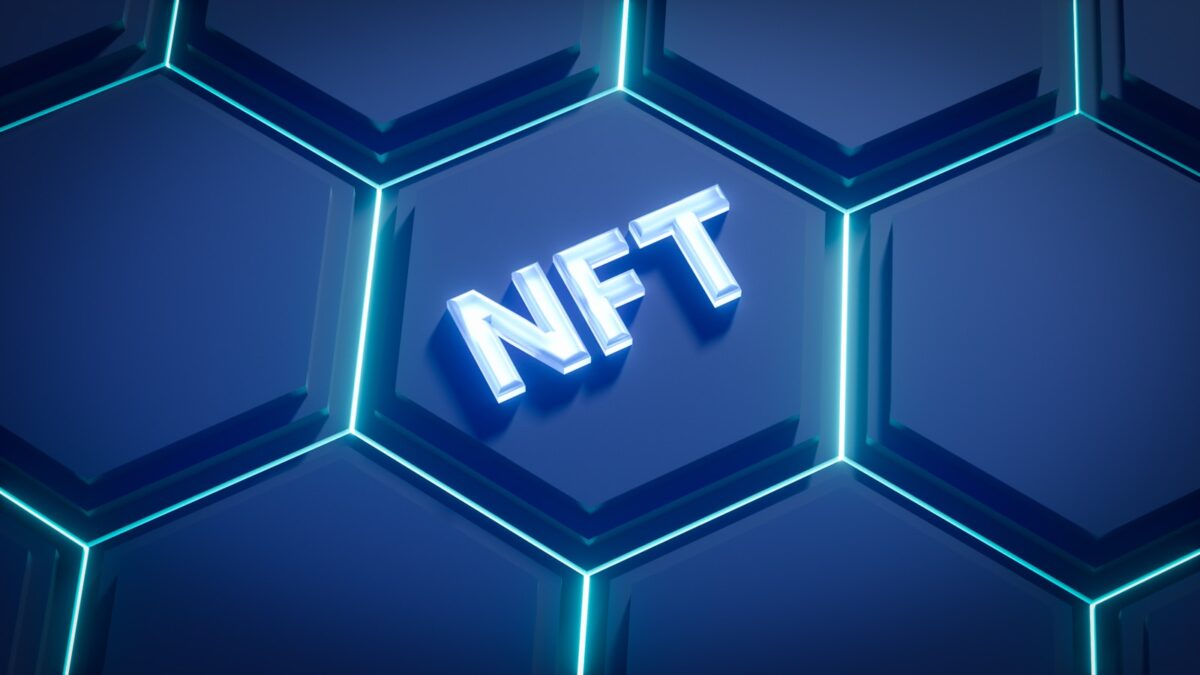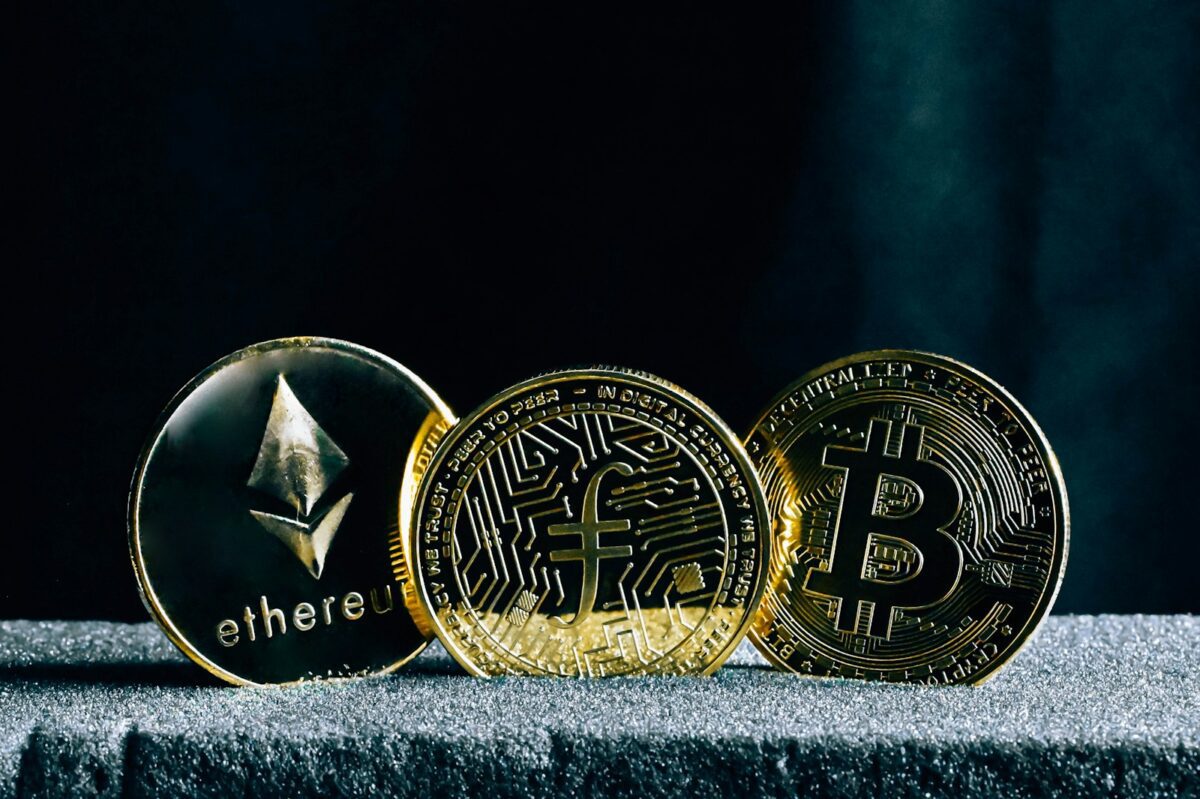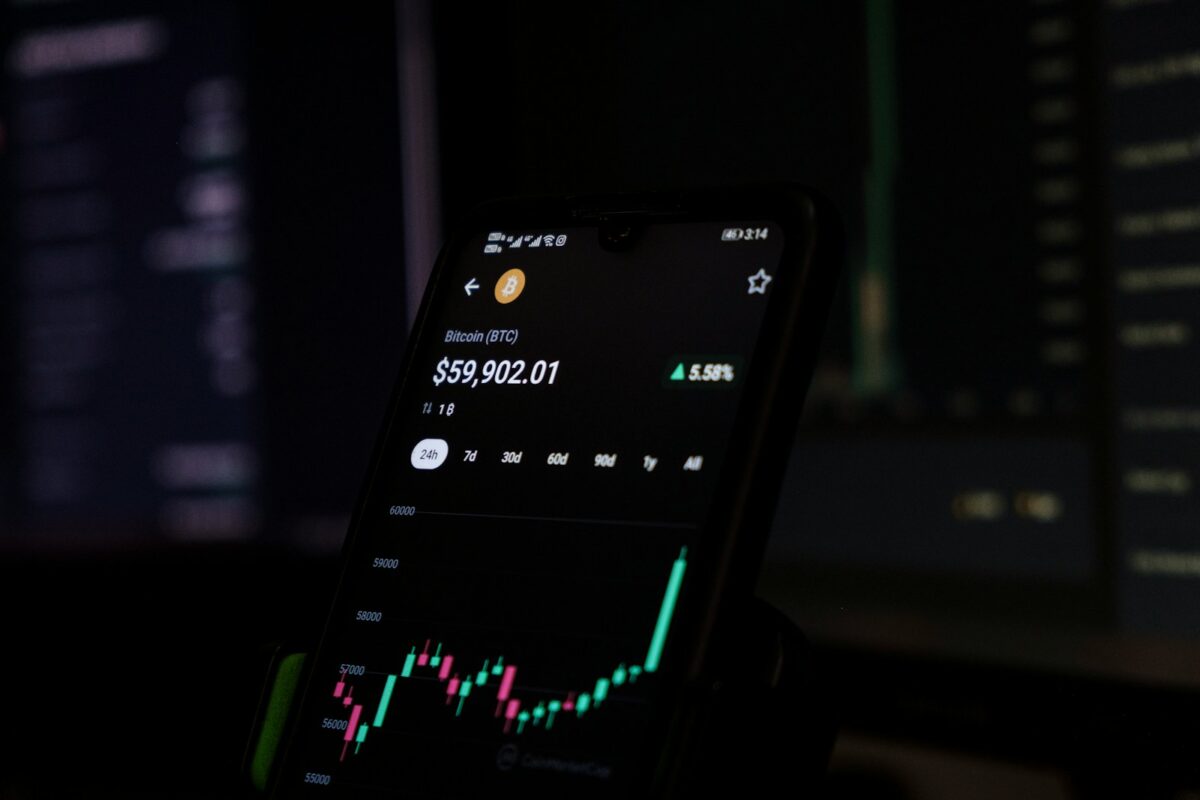
Cryptocurrency burn mechanisms

Eliminating tokens from circulation directly influences scarcity, which can enhance the intrinsic value of a digital asset. This intentional destruction reduces overall supply, creating a deflationary environment where fewer tokens chase demand. Such reduction strategies must be carefully designed to maintain network utility while encouraging holders to retain their assets.
Repurchase programs serve as a foundational method for supply contraction. By systematically buying back tokens from the open market and subsequently removing them permanently, projects implement controlled scarcity. This approach mirrors traditional financial tactics yet adapts uniquely within decentralized ecosystems to incentivize long-term growth.
The balance between token destruction and ecosystem health requires ongoing measurement and adjustment. Excessive elimination risks diminishing liquidity and user engagement, whereas insufficient action may fail to support value appreciation. Experimental models suggest that phased reductions aligned with transactional volume create sustainable deflation without compromising network activity.
Cryptocurrency burn mechanisms
Token elimination processes directly contribute to the reduction of circulating supply, which often results in deflationary pressure on the asset’s value. By intentionally removing tokens through verified destruction, projects aim to adjust supply-demand dynamics, enhancing scarcity and potentially increasing long-term worth. This approach is frequently employed alongside other monetary policies to stabilize or improve tokenomics.
Understanding various methods of token removal requires analyzing both protocol-driven and market-driven actions. On-chain programmed burns execute predetermined destruction schedules, while off-chain buyback programs involve repurchasing tokens from exchanges before sending them to inaccessible addresses. These tactics differ in transparency, frequency, and impact on liquidity but share a common goal: sustainable supply management.
Technical approaches to supply reduction
One prevalent technique involves sending tokens to so-called “black hole” addresses–accounts with no known private keys–ensuring permanent loss of access. For example, Binance Coin (BNB) conducts quarterly automated removals based on trading volume metrics, systematically lowering total supply over time. This transparent method allows holders to anticipate how future scarcity may affect pricing models and market behavior.
Alternatively, some projects implement buyback-and-burn protocols funded by transaction fees or revenue streams. A case study is PancakeSwap’s allocation of a portion of platform earnings towards acquiring tokens on secondary markets followed by destruction. This cyclical process links platform success directly with token deflation, incentivizing user engagement and aligning economic interests.
The economics behind token removal strategies
Adjusting circulating quantity through systematic token elimination introduces deflationary mechanics that counterbalance inflationary issuance or distribution events. Theoretical models predict that reducing available units elevates intrinsic value if demand remains constant or grows. However, empirical analysis reveals that effectiveness depends on execution scale, community trust, and overall project sustainability.
Quantitative data from Ethereum Improvement Proposal 1559 exemplifies this dynamic: part of each transaction fee is irrevocably destroyed, embedding a continuous deflationary element into network economics. This innovation provides measurable benchmarks for evaluating how consistent token reduction influences price stability and speculative behavior in decentralized ecosystems.
How Token Burns Reduce Supply
Token destruction directly decreases the circulating supply by permanently removing a predefined amount of tokens from the ecosystem. This process, often executed through sending tokens to an inaccessible address, limits the total quantity available for transactions, inducing a deflationary effect on the token’s economics. By reducing supply, the intrinsic scarcity of remaining units increases, potentially enhancing their market value based on fundamental economic principles.
Buyback programs serve as a practical method for implementing this reduction. Projects allocate part of their revenue or reserves to repurchase tokens from exchanges or holders and subsequently destroy them. Such strategies have been observed in multiple blockchain projects aiming to stabilize or increase value by controlling inflation and incentivizing long-term holding behavior among participants.
Technical Insights into Supply Reduction via Token Removal
The effectiveness of token removal depends on transparent protocols and verifiable mechanisms. A common approach utilizes smart contracts programmed to execute automatic destruction upon certain conditions–such as transaction fees or specific milestones–ensuring predictable supply contraction without manual intervention. For example, Binance Coin (BNB) employs quarterly token elimination based on trading volume metrics, with each event publicly audited to confirm the exact number destroyed.
Economic models supporting deflationary approaches highlight that reducing supply while maintaining or growing demand shifts equilibrium prices upward. This relationship is analogous to classical scarcity economics where limited availability elevates perceived value. However, it is crucial to consider potential liquidity impacts and network usability since excessive reduction might hinder transactional throughput or community engagement if not balanced properly.
- Automatic destruction: Smart contract-triggered token elimination during transactions;
- Scheduled removal: Periodic buybacks followed by irrevocable burning;
- Fee-based reduction: Transaction fees partially converted into permanent removals.
Empirical data from case studies such as Ethereum’s EIP-1559 reveals how fee-burning mechanisms create a continuous yet adaptive supply decrease aligned with network usage intensity. This dynamic introduces a feedback loop whereby increased activity results in higher token destruction rates, reinforcing scarcity under heavy demand scenarios.
An investigative approach can involve monitoring blockchain explorers and smart contract events tied to these destructive operations, allowing analysts and users alike to quantify real-time effects on supply dynamics. Such transparency reinforces confidence in deflationary policies and invites deeper exploration into optimal parameters for balancing token utility with long-term value accrual.
Manual vs Automatic Burn Processes
Manual destruction of tokens typically involves explicit actions from project teams or governance bodies to reduce circulating supply through targeted buyback and subsequent elimination. This approach allows for strategic timing, aligning supply reduction with market conditions to potentially enhance token value. For instance, Binance’s quarterly manual token destruction is based on profit benchmarks, enabling controlled deflationary pressure while maintaining economic flexibility.
Conversely, automatic burning embeds the reduction process directly into protocol logic, triggering destruction events without human intervention. Ethereum’s EIP-1559 introduced a model where a portion of transaction fees is irreversibly removed from circulation, creating predictable and continuous supply contraction. This automatic method generates consistent deflationary effects that reflect network usage dynamics rather than discretionary decisions.
The choice between manual and automatic processes impacts economic behavior differently. Manual buybacks can create perception-driven value spikes but risk irregularity or manipulation if transparency is insufficient. Automatic systems offer transparency and trustlessness by codifying token destruction rules within smart contracts, reducing reliance on centralized actors and fostering more stable expectations around supply changes.
Empirical data reveals that combining both approaches may optimize long-term economics: projects like PancakeSwap incorporate periodic manual burns alongside auto-burn features tied to transaction volume. Such hybrid models facilitate adaptive supply management–leveraging algorithmic certainty while preserving tactical discretion–to balance deflationary incentives with market responsiveness effectively.
Burning Impact on Token Value
The deliberate reduction of token supply through destruction processes directly influences the economics of a given asset by increasing its inherent scarcity. When tokens are permanently removed from circulation, their total available quantity diminishes, leading to potential upward pressure on value, provided demand remains constant or grows. This deflationary effect aligns with classical economic principles where scarcity tends to enhance worth.
A common approach involves a protocol-initiated buyback, where tokens are repurchased from the open market and subsequently destroyed. This sequence not only reduces circulating supply but also signals confidence in long-term asset stability to investors. Empirical data from projects like Binance Coin (BNB) illustrate how scheduled destruction events correspond with price appreciation phases, demonstrating a quantifiable relationship between token elimination and market dynamics.
Mechanisms Behind Supply Reduction and Its Outcomes
The technical implementation of token removal varies: it can be executed via smart contract functions that send tokens to an irretrievable address or incorporate transaction fee models where a portion of fees undergoes automatic elimination. These mechanisms ensure transparency and verifiability through blockchain explorers, enhancing trust among holders. The resulting supply contraction is measurable and predictable, which supports more accurate valuation models based on circulating assets.
From an economic standpoint, reduced supply creates a deflationary environment counteracting inflationary pressures caused by continuous token issuance or mining rewards. For example, Ethereum Improvement Proposal 1559 introduced base fee burning to systematically decrease ETH supply under network congestion scenarios. Such designs integrate monetary policy directly into protocol rules, providing built-in checks against oversupply and promoting sustainable value retention.
- Scarcity: Enhanced rarity improves perceived desirability.
- Value: Reduced tokens may increase price assuming steady demand.
- Ecosystem health: Aligns incentives for long-term holding versus short-term speculation.
The effectiveness of these strategies depends heavily on consistent demand levels and overall project utility. If user engagement or transactional volume declines, the impact of burning operations on value might diminish or become negligible despite ongoing destruction activities. Therefore, analysis must factor in real-world usage metrics alongside tokenomics adjustments to ascertain genuine influence.
This data underscores how strategic elimination of tokens can serve as an effective tool for maintaining balance within decentralized economies. However, it also prompts further questions about the sustainability of such tactics over extended periods without corresponding ecosystem growth–a critical avenue for ongoing research and experimentation in blockchain finance models.
Common Burn Implementation Methods
The primary method for token destruction involves sending a predetermined amount of tokens to an irrecoverable address, often called a burn wallet. This process effectively removes tokens from the circulating supply, creating scarcity and potentially impacting the asset’s value through economic principles. For example, Binance Coin (BNB) regularly executes quarterly token destruction events by transferring coins to an inaccessible address, reducing total supply and aiming to increase long-term value.
Another prevalent technique is the buyback and burn strategy, where a project repurchases tokens from the open market using revenue or treasury funds before permanently destroying them. This approach aligns with traditional financial buyback models, directly affecting token economics by lowering supply and increasing demand pressure. Ethereum’s EIP-1559 introduced a dynamic burn mechanism on transaction fees, automatically reducing supply proportional to network usage without explicit buybacks.
Technical Approaches to Supply Reduction
Some protocols implement automated burning integrated within smart contracts that execute upon specific triggers such as transactions or staking rewards. For instance, SafeMoon applies a fee on every transfer, part of which is destroyed instantly, embedding scarcity into transactional economics while rewarding holders indirectly by limiting circulating tokens. These methods ensure continuous supply contraction tied closely to network activity.
A more complex model involves deflationary tokenomics where burning occurs proportionally during various operations like liquidity provision or governance participation. Projects like PancakeSwap use such mechanisms to maintain balanced token velocity and incentivize holding by controlled reductions in supply. This dynamic interplay between destruction and circulation fosters a nuanced economic environment sensitive to user behavior and protocol incentives.
An important question arises: how does ongoing token destruction influence holder confidence? Empirical observations suggest that transparent, consistent reduction in supply combined with clear communication strengthens trust by showcasing commitment to sustainable value management. However, excessive elimination risks hindering liquidity and user participation if not carefully calibrated within overall ecosystem economics.
The study of these methodologies invites further experimentation–how might varying burn rates correlate with price volatility under different market conditions? Could integrating adaptive algorithms that modulate destruction based on real-time metrics optimize balance between scarcity and usability? Such inquiries encourage deeper exploration into aligning technical design with economic theory for robust decentralized systems development.
Conclusion: Accurate Tracking and Verification of Token Destruction
Precise monitoring of token elimination is indispensable for validating the deflationary impact on circulating supply and ensuring transparent economic adjustments within blockchain ecosystems. Employing on-chain analytics to verify intentional destruction events, combined with cryptographic proof of irreversible locking or burning addresses, provides robust confirmation of reduced supply and enhanced scarcity.
Buyback strategies integrated with automated token removal create measurable reductions in total circulation, driving predictable scarcity that influences market dynamics. The transparency enabled by traceable destruction enables stakeholders to assess the real-time effects on tokenomics, facilitating data-driven decisions that align incentives across participants.
Key Technical Insights and Future Directions
- Immutable Records: Leveraging smart contract events linked to token annihilation ensures permanent audit trails accessible for third-party verification.
- Multi-layer Verification: Cross-referencing burn transactions with off-chain records and oracle-based confirmations enhances trustworthiness beyond native ledger data.
- Dynamic Supply Modelling: Incorporating verified destruction metrics into predictive models refines understanding of deflationary pressures impacting valuation and liquidity.
- Automated Buyback Protocols: Protocols embedding conditional repurchase followed by immediate elimination foster continuous supply reduction without centralized intervention.
The ongoing evolution of token removal tracking methodologies will likely incorporate zero-knowledge proofs and decentralized identity attestations, enabling privacy-preserving yet verifiable evidence of permanent supply contraction. Such advancements promise deeper integration between cryptoeconomic design and empirical validation tools, reinforcing confidence in deflationary mechanisms as tools for sustainable ecosystem growth.
This experimental approach invites further exploration into how varying destruction schedules affect long-term scarcity economics. Investigators might simulate scenarios adjusting buyback volumes or timing to observe resultant shifts in market behavior. This iterative process can uncover optimal parameters balancing incentive alignment with controlled supply diminution–key to fostering resilient token economies.


